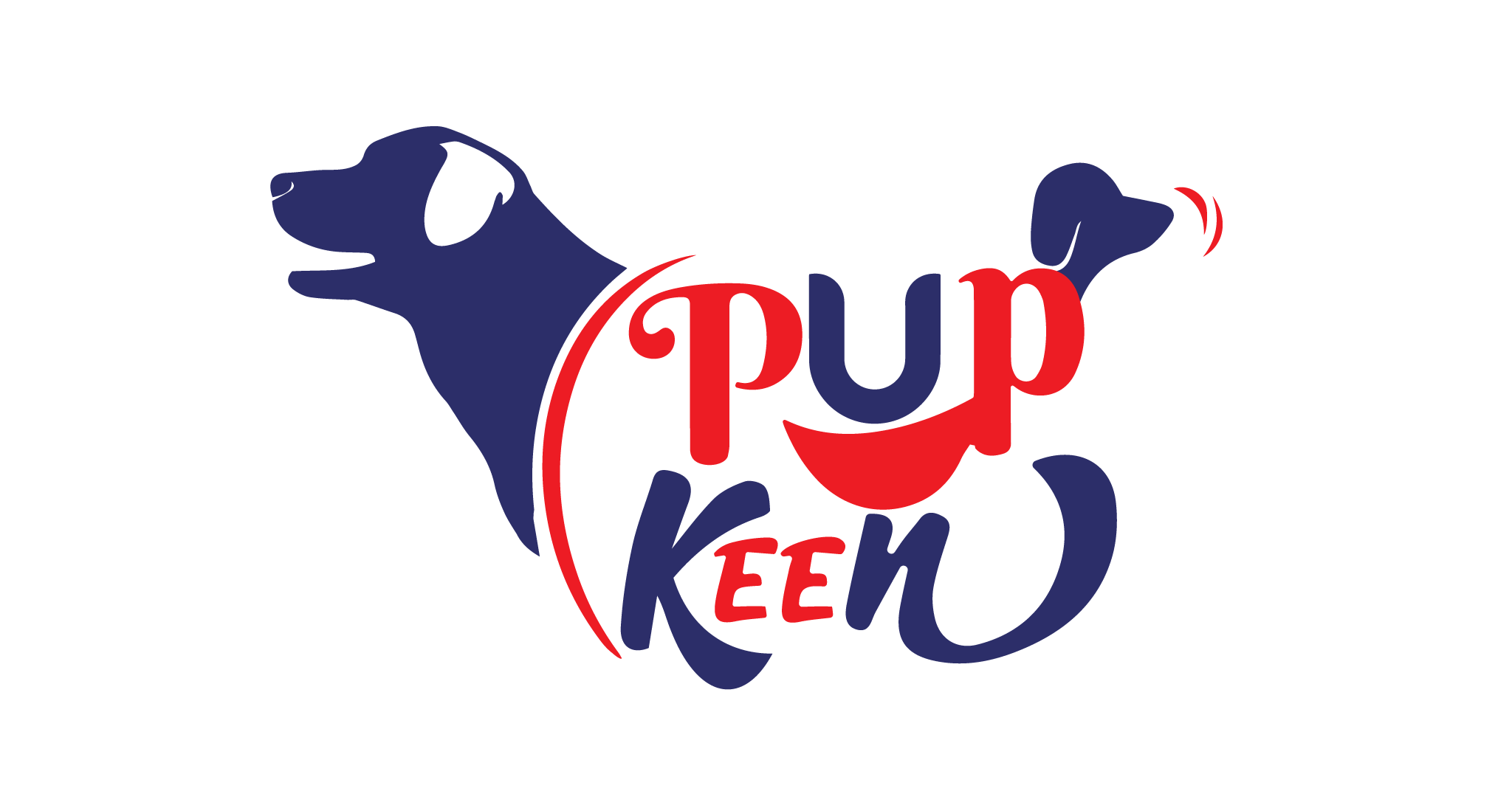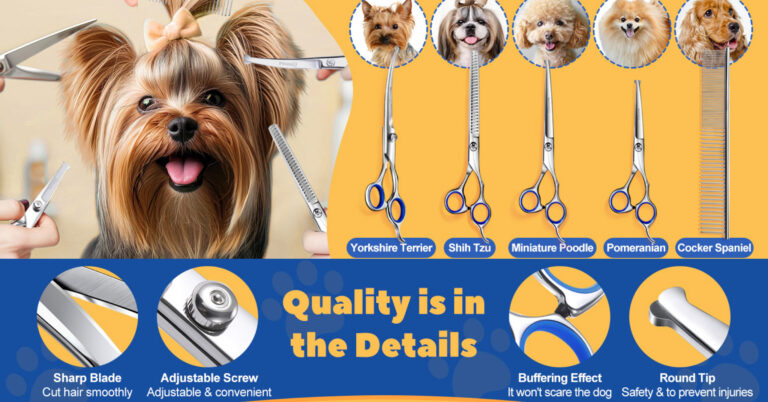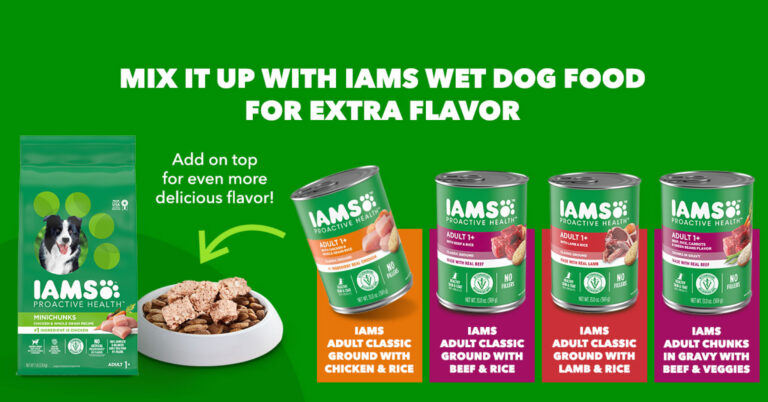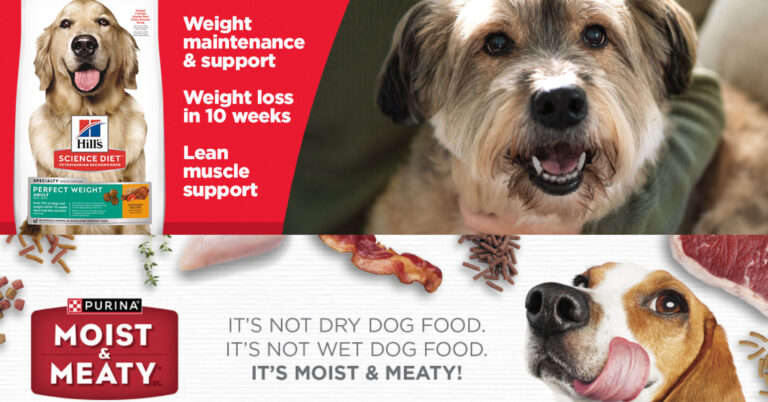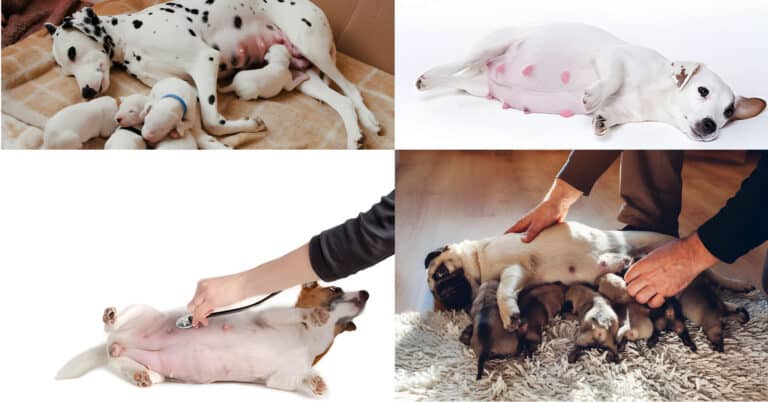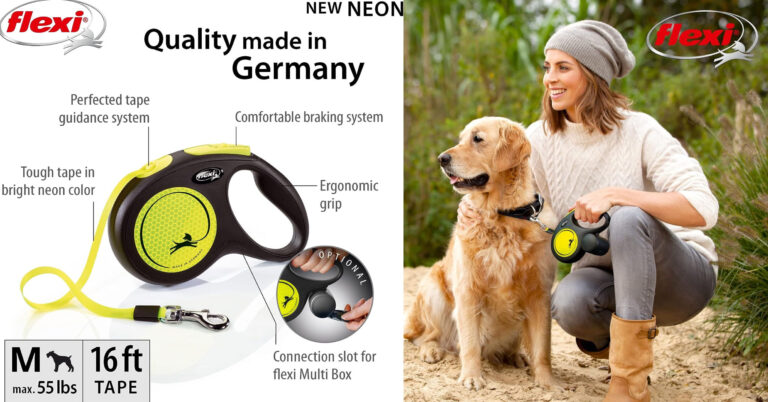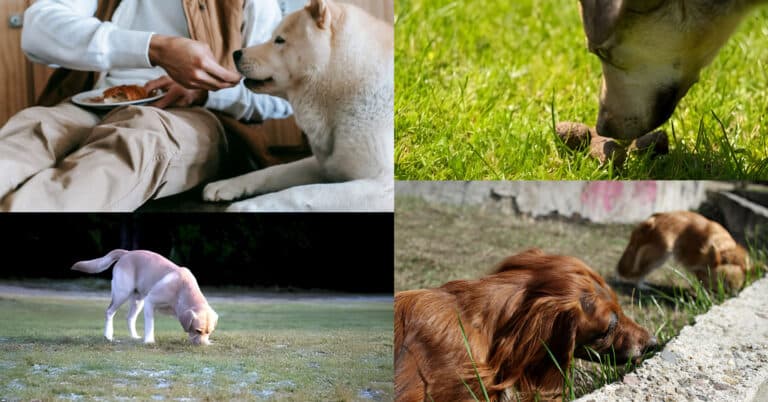Raw Diet Killed My Dog
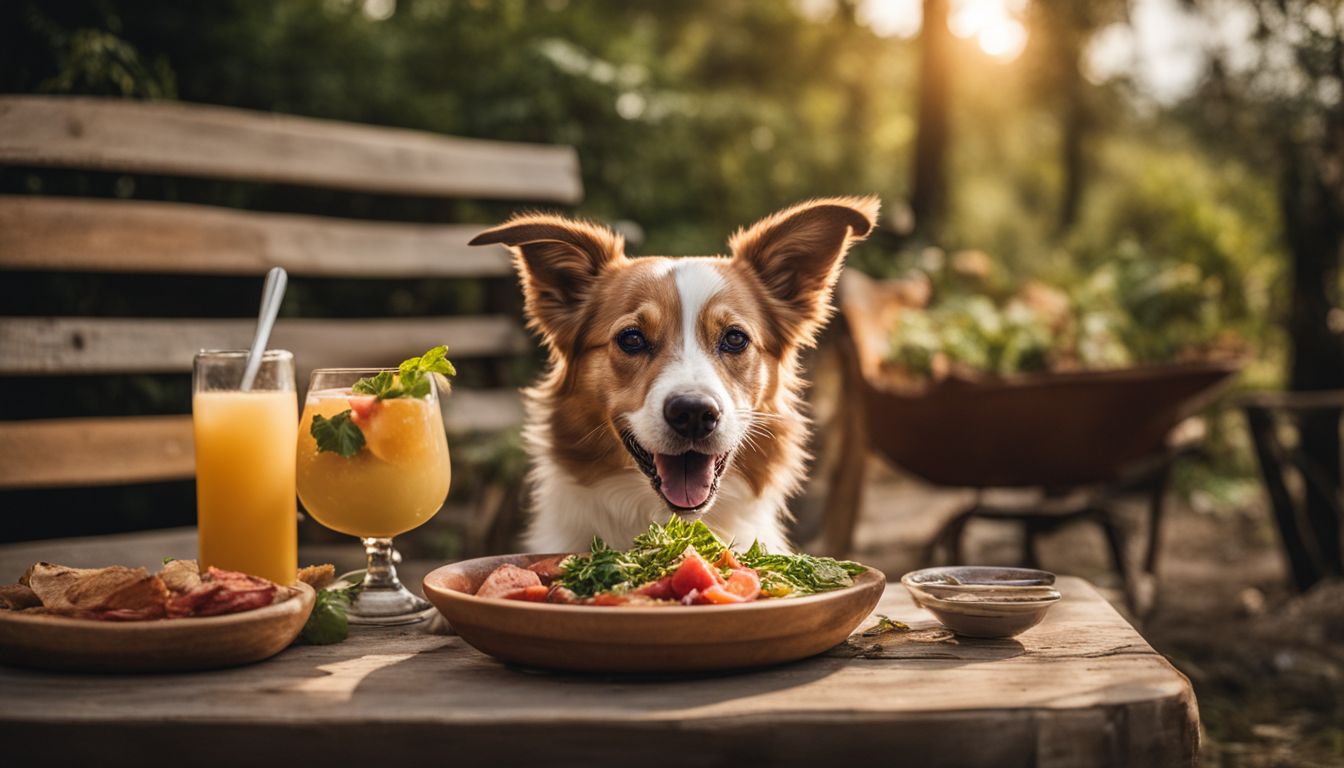
Many people choose a raw diet for their dogs, thinking it’s healthier. Yet, 15-25% of these pets eat some raw meat. This article will explore the hidden dangers of raw diets and offer safer alternatives.
Keep reading to learn more.
Key Takeaways
- Raw diets for dogs can have dangerous germs like Salmonella. These can make pets and people sick.
- Many raw dog foods don’t meet the standards for a balanced diet. Dogs might not get all the nutrients they need.
- People believe raw diets are healthier, but they can cause problems like bacterial infections and lack of important vitamins.
- Vets see health issues in dogs on raw diets, such as stomach problems and weak bones from missing nutrients.
- Safe foods include omni dog food and adding human foods like carrots or apples for extra vitamins.
Understanding Raw Diets for Dogs
Raw diets for dogs mean they eat only raw food. People choose this for their pets hoping it’s more natural and healthy.

Definition and common types of raw diets
Raw diets for dogs usually mean they eat uncooked animal products. These include muscle meat, bones, organs, and sometimes dairy or eggs. Home-prepared raw meaty bone diets (RMBDs) are common.
People also buy commercial frozen, freeze-dried, or dehydrated meat diets. Some of these are complete and balanced; others aren’t. The protein sources vary widely—beef, chicken, lamb, and fish are popular choices among pet owners who feed raw.
People choose these diets hoping to mimic what wild ancestors of dogs might have eaten. This trend has grown as dog owners look for options beyond standard kibble or canned foods in the pet food industry.
They believe a diet closer to nature might be healthier for their pets. Safety and nutritional adequacy are key differences between homemade versus commercially prepared raw dog foods.
Popularity and reasons for choosing raw diets
Many dog and cat owners pick raw meat-based diets (RMBDs) because they think these are closer to what their pets would naturally eat. Sales of raw pet food go up by about 15% every year, showing how popular this choice is becoming.
Between 15-25% of dogs and around 10% of cats now eat some form of raw meat. People believe feeding their pets a diet that includes items like raw bones and ground beef helps keep them healthier, mimicking the eating habits of wild ancestors.
Owners choose RMBDs for benefits like improved health, more energy, and better coats in their pets. They see commercial pet foods as full of additives and less natural. Also, stories from other dog moms or dads strengthen their belief in the power of raw feeding.
With this growing trend, companies making RMBD options increase too, giving pet owners more choices for feeding raw food to dogs.
Potential Risks of Raw Diets

Raw diets can lead to sickness from germs. They might also miss important nutrients your dog needs.
Bacterial infections and contamination
Feeding your dog a raw food diet can lead to bacterial infections. Studies show that foods with raw meat have dangerous bacteria like Salmonella. Ford et al. (2016) found more cases of this in Australia because pets eat raw diets.
Leonard et al. (2011) also found Salmonella in dogs on these diets.
Handling raw meat puts humans at risk too. People can get sick from the same bacteria that affect their pets. It’s key to keep things clean and safe around the house if you choose a raw diet for your pet to avoid health issues for both you and your dog.
Nutritional imbalances
Raw diets often miss vital nutrients dogs need. This can lead to growth problems and health risks. Dogs fed raw might not get enough vitamins or minerals. Their food may lack balance, causing too much of some nutrients and not enough of others.
For instance, homemade diets without the right mix can hurt a dog’s bones and muscles.
Experts follow AAFCO standards to make sure dog food diets are complete and balanced. But, many raw foods don’t meet these standards. Up to 54% of dogs eating raw shed harmful bacteria that resist antibiotics.
This shows their diet isn’t safe or right for them. Owners must pick foods that give pets all they need to stay healthy and strong.
Risks to human health from handling raw meat
Handling raw meat for dog diets puts people at risk. This comes from harmful bacteria and parasites that live in the meat. Even if you freeze the raw meat, not all these tiny dangers go away.
Washing your hands with soap and water after touching raw meat is a must to stay safe.
People who prepare these diets might get sick from zoonotic pathogens. These are germs that can move from animals to humans. Veterinarians and their teams also face risks when they touch or get near contaminated pet foods during check-ups or treatments.
They follow strict rules to keep everyone safe, like cleaning surfaces and tools often used in feeding pets a raw diet.
Personal Stories and Veterinary Experiences
People shared stories of their dogs getting sick from raw diets. Vets saw dogs with stomach problems and weak bones from these diets.
Case study: Negative outcomes following a raw diet
A dog on a raw diet suffered severe health problems. The pet faced dental and gut injuries from bones. It also got sick from E Coli, Salmonella, and Campylobacter bacteria in the raw food.
These issues showed the dangers of feeding dogs raw diets without careful planning.
Veterinarians report that 54% of dogs eating raw may spread hard-to-fight bacteria. Such pets risk their health and put their human families at risk too. Feeding your pet this way requires strict safety steps to avoid these dangers.
Veterinary perspective on raw diet complications
Vets see raw diets can hurt dogs. Raw meat may have dangerous bacteria like salmonella. This makes dogs and their owners sick. Dr. Lea Stogdale has seen this but does not sell pet food, so her advice is unbiased.
She notes balanced nutrition is key, yet raw diets often miss vital nutrients.
A study shows 71% of dogs with cancer ate store-bought pet food, suggesting a link between diet and health. Vets prefer commercial foods because they meet safety standards for a balanced diet for dogs.
They warn that raw foods can cause tooth and gut injuries in pets from bones or other hard pieces in the mix.
Comparing Raw and Commercial Diets
Commercial chows follow strict safety rules. They make sure your pet gets what they need, unlike raw meals that might miss some important stuff.
Safety standards in commercial pet foods
Commercial pet foods must meet AAFCO standards. This means they have to provide a diet that is complete and balanced for pets’ health. Companies make sure their food has the right amounts of vitamins, minerals, and nutrients dogs and cats need.
They follow strict rules to keep pets safe.
Veterinarians often suggest choosing these prepared pet foods over raw diets. Reasons include safety from bacteria in raw meat and ensuring pets get a well-rounded diet. For those who feed raw or homecooked meals, experts recommend tips like consulting with a veterinary nutritionist and checking supplements for heavy metals to avoid risks.
Nutritional adequacy of commercial vs. raw diets
Commercial dog foods meet strict standards. They ensure your pet gets a complete and balanced diet, according to AAFCO guidelines. This means each meal has the right mix of proteins, fats, vitamins, and minerals for dogs’ health.
Most commercial diets also pass safety tests to avoid contamination.
Raw diets often lack this balance. Without expert knowledge or careful planning, feeding raw meat or homemade meals might miss essential nutrients. Dogs need more than just meat to thrive; they require a specific blend of nutrients that raw diets may not provide every time.
Despite some beliefs in the benefits of fresh, uncooked food for pets, risks include nutritional imbalances and exposure to bacteria in raw meat products.
What Experts Recommend
Experts say to feed dogs with care. They suggest safe foods and other choices instead of just raw meat.
Guidelines for feeding dogs safely
Feeding dogs safely keeps them healthy and happy. Experts agree on several rules to follow for your pet’s diet.
- Always cook meat thoroughly to kill bacteria and parasites. This step prevents foodborne illnesses in both dogs and humans.
- Follow guidelines from the U.S. Dept. of Health and Human Services, Health Canada, FDA, and Canadian Food Inspection Agency for proper food handling.
- Choose commercial pet foods that meet safety standards. These foods undergo tests to ensure they are free of harmful contaminants.
- Avoid feeding dogs a raw diet without consulting a veterinary nutritionist, especially if your dog has medical conditions.
- Veterinary associations advise against raw meaty bones (RMBDs) because of risks like choking or tooth damage.
- Implement hygiene measures like washing hands after handling dog food, especially raw meat, to protect human health.
- If adding raw elements to your pet’s diet, keep raw food frozen until use and thaw it safely to reduce bacterial growth.
- Balance is key; make sure your dog’s diet includes all the nutrients they need, which might be missing in homemade or raw diets.
- Consult with a vet regularly to check if your dog’s diet meets their nutritional needs as they age or their health changes.
- Safe alternatives exist; consider gently cooked diets or commercially available raw options that have been pasteurized.
These steps help ensure that both pets eating raw diets and those around them stay safe and well-nourished.
Alternatives to raw diets that maintain health benefits
OMNI dog food offers a balanced alternative for all life stages, including Puppy, Adult, Senior ranges. This option ensures pets get complete nutrition without the risks raw diets carry.
OMNI’s products are safer due to strict safety standards and provide all necessary nutrients dogs need.
Adding human foods like carrots or apples to your pet’s diet introduces variety and maintains health benefits. These can complement commercial foods by providing extra vitamins and fiber.
Plant-based options from OMNI also promote health without relying on meat, fitting well for dogs with different dietary needs.
Conclusion
Choosing a raw meat-based diet led to my dog’s death. This hard truth shows the risks of such diets, despite their popularity. Safety standards in commercial pet foods exist for good reasons.
Experts suggest alternative diets that still offer health benefits without the risk. Choose wisely for your pet’s sake, considering all factors and consulting with a vet.
